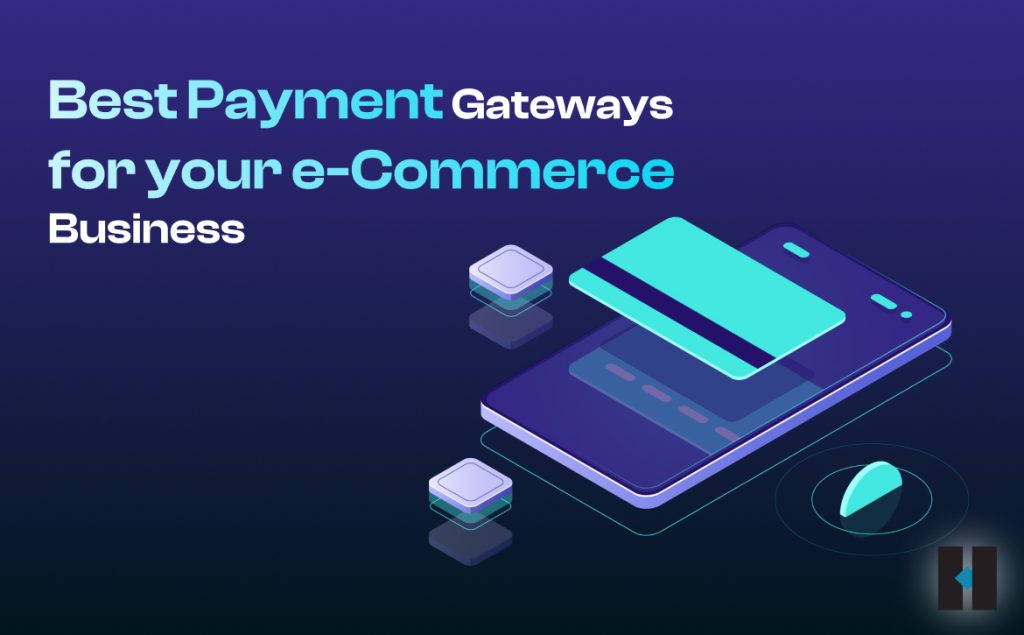What is a Payment Gateway?
A payment gateway is a service that enables online merchants to securely process payments from customers. It acts as an intermediary between a merchant’s website and bank or payment processor.
APayment gateways facilitate the transfer of sensitive financial information during online transactions. They encrypt payment details and securely transmit them between the customer’s bank and the merchant. This allows customers to safely provide card information when purchasing online.
The key roles of a payment gateway include:
- Securely collecting payment and customer information from online checkout forms.
- Encrypting and processing credit card or digital wallet details.
- Authenticating transactions by verifying customer identity and checking for fraud.
- Transferring funds from the customer’s bank or financial account to the merchant.
- Providing transaction reports, analytics, and other data to online merchants.
Payment gateways are essential for ecommerce businesses to operate online stores and accept payments over the internet. They provide the infrastructure to support online credit card processing in a seamless and secure manner.
Reliable and secure payment gateways are crucial for both merchants and customers. Merchants require payment gateways to minimize fraudulent transactions and chargebacks. Customers need to know their financial information is safe when shopping online. Choosing a compliant payment gateway that uses modern encryption and fraud prevention technology is important for facilitating trust in online payments.
How Payment Gateways Work
Payment gateways act as an intermediary between a merchant’s website and their payment processor. They facilitate online transactions by securely transferring payment information between the customer,
merchant, and payment processor. Here is a step-by-step overview of how payment gateways work:
Step 1: A customer initiates a purchase on a merchant’s website and enters their payment information, such as credit card details. This information is encrypted by the payment gateway to ensure security.
Step 2: The encrypted payment information is sent from the customer’s browser to the payment gateway through a secure connection.
Step 3: The payment gateway then sends the encrypted data to the payment processor, which could be a bank or credit card company.
Step 4: The payment processor decrypts the information and processes the customer’s payment. It determines whether the funds are available in the customer’s account.
Step 5: The payment processor sends a payment authorization or denial back to the payment gateway based on whether the transaction was approved.
Step 6: The payment gateway relays this authorization message back to the merchant’s website. If approved, the customer is notified that their payment was successful.
Step 7: The funds are transferred from the customer’s account into the merchant’s account through settlement. This usually occurs within 24-48 hours.
Payment gateways integrate seamlessly with merchant accounts and payment processors through API connections. They use advanced security protocols like SSL/TLS encryption, PCI compliance, and fraud detection tools to protect transaction data. Choosing a payment gateway with robust security measures is critical for safeguarding customer information.
Payment Gateway vs. Payment Processor: Understanding the Difference
A payment gateway and a payment processor are two separate components involved in online transactions, though they are often confused. Understanding the distinction between the two is crucial.
A payment gateway acts as an intermediary between a merchant and payment processor. It is the software service through which transaction information passes securely from the merchant to the processor and bank networks for authorization. The payment gateway encrypts sensitive payment data and provides the online infrastructure to connect the merchant with the processor. Its key responsibilities include:
– Encrypting payment information to ensure security
– Transferring payment details between the merchant and processor
– Authenticating transactions by verifying customer information
– Sending payment confirmation notifications
A payment processor, on the other hand, handles the actual processing of payments. It is the component that directly connects with card networks like Visa and Mastercard to facilitate the transfer of funds from the customer to the merchant account. The processor’s key roles include:
– Receiving encrypted payment information from the gateway
– Obtaining authorization for the transaction amount from the card network
– Validating transaction information to detect fraud
– Depositing funds into the merchant’s bank account
While the payment gateway routes payment details securely, the payment processor completes the actual transaction by getting authorization, clearing, and settling the funds.
Understanding the distinction between the two components is critical for setting up secure and seamless payment processing. Merchants need to have a payment gateway that integrates with their chosen payment processor. Having clarity on their respective roles and responsibilities ensures transactions are handled accurately.
Factors to Consider When Choosing a Payment Gateway
When selecting a payment gateway, there are several key factors businesses should evaluate to ensure it meets their needs. The payment gateway is a critical part of the online transaction process, so taking the time to thoroughly assess options is important.
Pricing and Fee Structures
One of the most important considerations is the pricing and fee structure of the payment gateway. Fees are typically charged per transaction, plus sometimes monthly fees or setup costs. Common transaction fees include:
Payment processing fees – Usually a percentage fee per transaction such as 2-3%.
Gateway fees – Additional fees for using the gateway itself, such as $0.10 – $0.30 per transaction.
Chargeback fees – Assessed if a customer disputes a charge. Can range from $10 – $30 per chargeback.
It’s essential to understand the full pricing model including any hidden fees. Merchants should look for competitive and transparent pricing.
Integration and Compatibility
The payment gateway must integrate seamlessly with the merchant’s website, shopping cart, accounting software, and other systems. Choosing a gateway with robust API and SDK capabilities makes integration smoother.
Compatibility with the payment processor is also crucial. The gateway connects to payment processors to handle transactions. Ensure the gateway works with the merchant’s preferred payment processor.
Security Features and Compliance</p>
Security is paramount when handling financial transactions online. The payment gateway should offer top-notch security including:
– Encryption of payment data during storage and transit
– Compliance with industry standards like PCI DSS
– Fraud prevention tools such as AVS, CVV checks, etc.
Additionally, the gateway should be certified as compliant with regulations including PCI DSS, GDPR, and more. Compliance indicates the gateway meets security best practices.
Thoroughly investigating security protections and compliance gives merchants peace of mind their customer data is safe.



